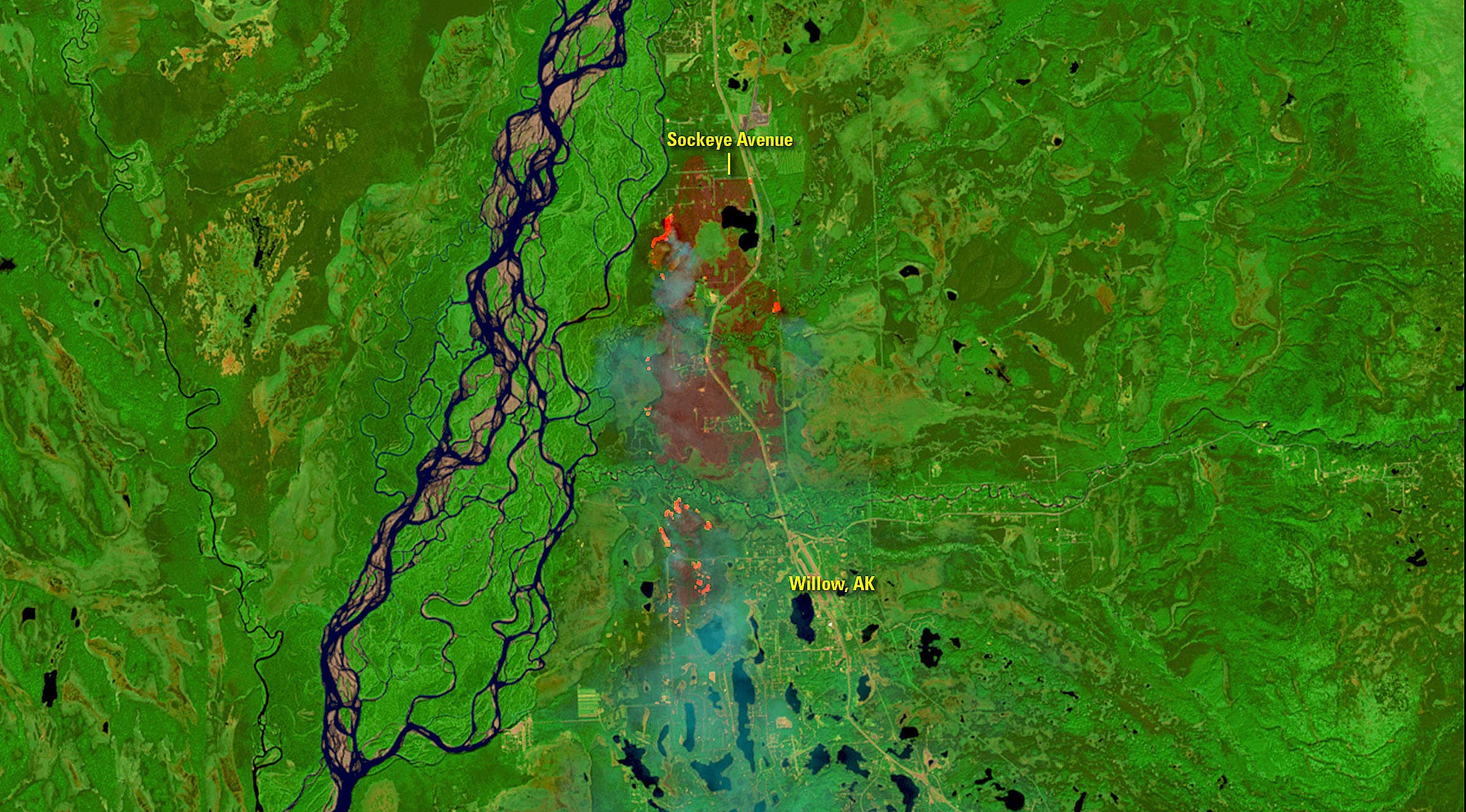
Alaska's Scorched Landscape Proves Global Warming's Far-Reaching Effects
Alaska’s Scorched Landscape Proves Global Warming’s Far-Reaching Effects. Some researchers say Alaska’s especially hot wildfire season is proof of global warming’s far reaching effects.
Alaska was on pace for a record-breaking year of wildfires, but an uptick in precipitation has cooled things.
Even if fires have died down in recent days, the evidence of the state’s combustible summer is still readily apparent — even from space.
A newly acquired false-color photo take by Operational Land Imager, the camera on NASA’s Landsat 8 satellite, shows the damage done by the Tanana fires in central Alaska.
Though recently quelled by rain, the Tanana fires burned for much of June, forcing the town’s 300 residents to evacuate. As evidenced by the aerial image, the fires burned 496,000 acres. The flames’ scar can be seen in brown. Alaska’s Scorched Landscape Proves Global Warming’s Far-Reaching Effects
No other group of fires accounted for so much damage. Of the nearly five million acres burned by wildfires in Alaska so far in 2015, the Tanana fires account for 10 percent of the damage.
Some researchers say Alaska’s especially hot wildfire season is evidence of global warming’s far reaching effects.
“Earlier in the spring, the state faced a record-breaking heat wave,” NASA officials wrotein a blog post. “On average, Alaska has warmed by 3.4 degrees Fahrenheit (1.8 degrees Celsius) since the 1950s, about twice the national average.”
Not only are the increasingly intense fires the result of global warming, researchers say, but they also may be facilitating the release of large amounts of sequestered carbon — further exacerbating the greenhouse gas effect.
—
Credit: UPI












